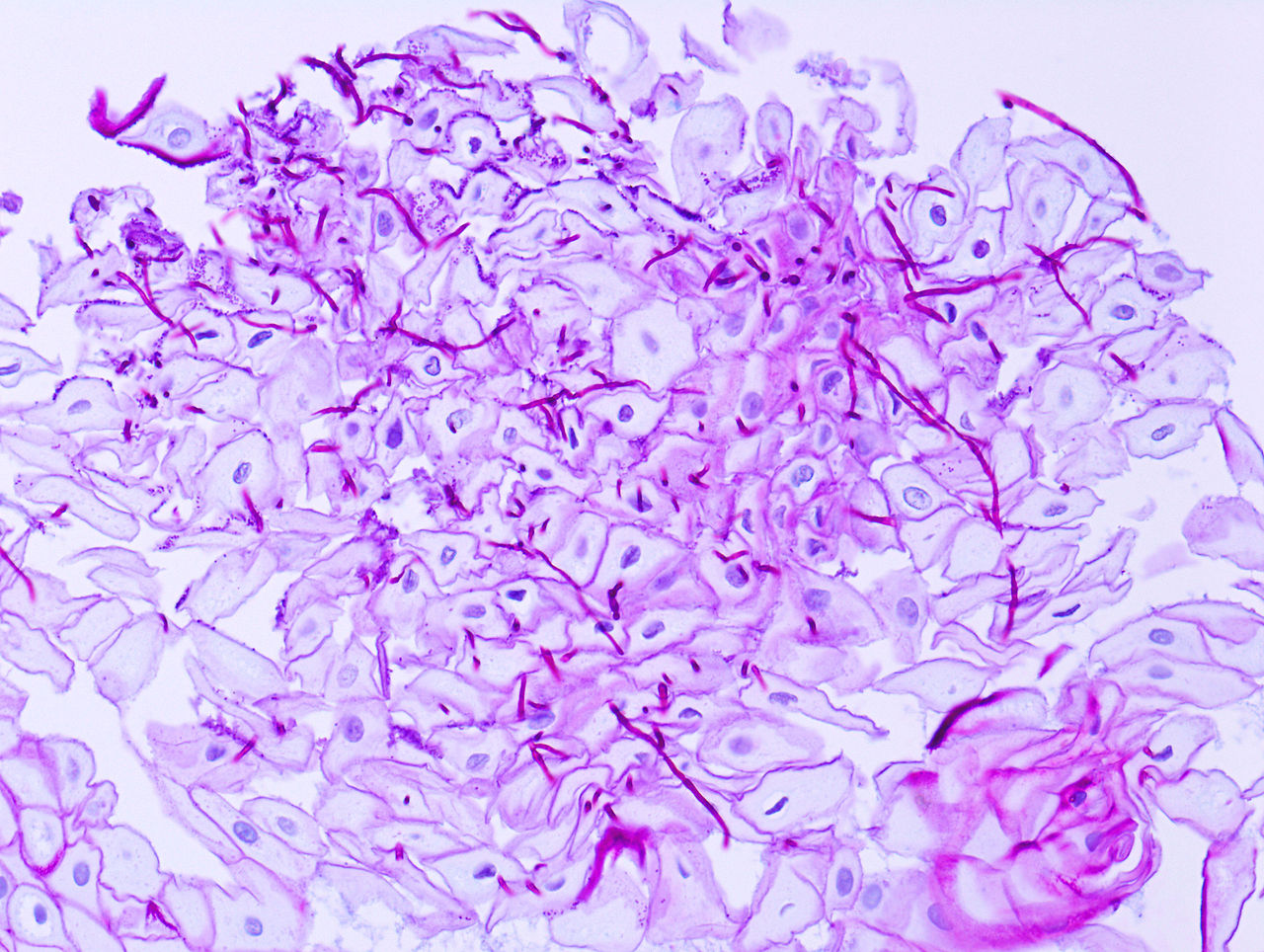
by Amila prasad
Categories:
Tags:
aladdinaladdin creationsbasement membranebasic fuchsinBlastomycescarbohydratescharcoalCryptococcusdecolorizing agentdemonstrationfungal cell wallglycoconjugatesglycogenhaematoxylinhistologicalhistologyHistoplasma capsulatumHydrochlorichydroxylmedical laboratory sciencepancreatic zymogenPASPeriodic acidPeriodic acid-Schiffpolysaccharidespositive controlSchiff reagentsodium metabisulfitespecial stainsstaining technique






No responses yet